ADVANCE PRAISE FOR No Surrender
We negotiated Treaties with Kiciwamanawak in the late 1800s. We had known them for over two hundred years. We had not only traded furs with them, we had married them and had babies with them. They were not strangers to us. Sheldon Krasowski rightly shows Indigenous peoples in No Surrender to be intelligent negotiators of mutually beneficial treaties, instead of the dupes we have been portrayed to be. Harold Johnson, author of Clifford and Firewater: How Alcohol Is Killing My People (and Yours)
An original companion to James Daschuks Clearing the Plains , Sheldon Krasowskis No Surrender: The Land Remains Indigenous sheds considerable light on the character of the nationalist historical myth of Canada that is still with us in 2018. David T. McNab, author of No Place for Fairness
This is a very important, fresh, and valuable work. Sarah Carter , author of Imperial Plots
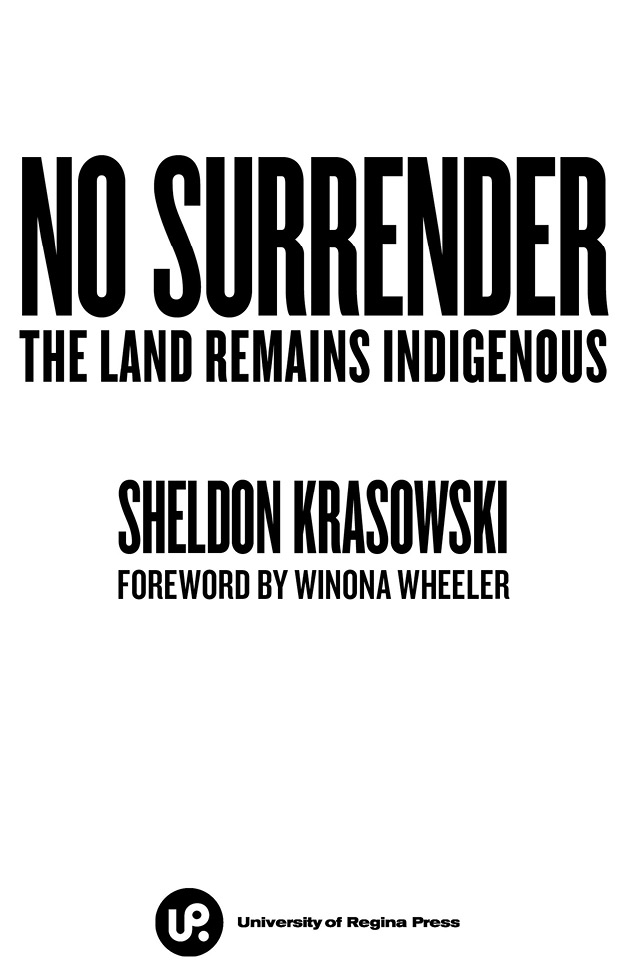
2019 Sheldon Krasowski
All rights reserved. No part of this work covered by the copyrights hereon may be reproduced or used in any form or by any meansgraphic, electronic, or mechanicalwithout the prior written permission of the publisher. Any request for photocopying, recording, taping or placement in information storage and retrieval systems of any sort shall be directed in writing to Access Copyright.
Printed and bound in Canada at Friesens. The text of this book is printed on 100% post-consumer recycled paper with earth-friendly vegetable-based inks.
Cover art: Four Saskatchewan Chiefs on a Visit to Brantford, Ontario, in 1886 for the Unveiling of the Joseph Brant Memorial. Standing, from left to right, Chief Osoup and Peter Hourie. Sitting, from left to right, Chief Ahtahkakoop, Chief Flying in a Circle, and Chief Mistawasis. Source: Library and Archives Canada, C -019258.
Cover and text design: Duncan Campbell, University of Regina Press
Copy editor: Dallas Harrison
Proofreader: Nadine Coderre
Indexer: Judy Dunlop
Library and Archives Canada Cataloguing in Publication
Krasowski, Sheldon, 1968-, author
No surrender : the land remains indigenous / Sheldon
Krasowski ; foreword by Winona Wheeler.
Includes bibliographical references and index.
Issued in print and electronic formats.
ISBN 978-0-88977-606-7 (hardcover). ISBN 978-0-88977-596-1 (softcover). ISBN 978-0-88977-597-8 ( PDF ). ISBN 978-0-88977-598-5 ( HTML )
1. Indians of North AmericaLand tenurePrairie Provinces. 2. Indians of North AmericaPrairie ProvincesClaims. 3. Indians of North AmericaPrairie ProvincesTreaties. 4. Indians of North AmericaPrairie ProvincesGovernment relations. 5. Indians of North AmericaPrairie ProvincesHistory. I. Title.
E92.K73 2019 971.200497 C2018-906032-8 C2018-906033-6
9 8 7 6 5 4 3 2 1
 University of Regina Press, University of Regina Regina, Saskatchewan, Canada, s4s 0a2 tel: (306) 585-4758 fax: (306) 585-4699 web :
University of Regina Press, University of Regina Regina, Saskatchewan, Canada, s4s 0a2 tel: (306) 585-4758 fax: (306) 585-4699 web :
We acknowledge the support of the Canada Council for the Arts for our publishing program. We acknowledge the financial support of the Government of Canada. / Nous reconnaissons lappui financier du gouvernement du Canada. This publication was made possible with support from Creative Saskatchewans Book Publishing Production Grant Program.



for Robin
Contents
MAPS and figures
map 1Treaty Areas Map
figure 1Generic Treaty Medal, 187399
figure 2The Selkirk Treaty, 1817, Original Manuscript and Map
figure 3Red River Expedition: Camp at Sault Ste. Marie, 1870
figure 4Lower Fort Garry, circa 1871
figure 5The Manitoba Indian Treaty, 1871
figure 6Conference with the Indian Chiefs during the Manitoba Indian Treaty, 1871
figure 7Adams G. Archibald, 181492
figure 8Simon James Dawson, 1879
figure 9Chief Henry Prince, Councillors, and Interpreter, St. Peters, 1880
figure 10Indian Commissioner Joseph Alfred Norbert Provencher
figure 11Reverend John McDougall, Chief Samson, Chief James Seenum (Pakan), Reverend Henry Bird Steinhauer, and Chief Goodstoney, 1886
figure 12Treaty Six Negotiations at Fort Carlton, 1876
figure 13Mistahi Maskwa, Big Bear
figure 14Peter Erasmus, the Main Interpreter for Treaty Six
figure 15Four Saskatchewan Chiefs on a Visit to Brantford, Ontario, in 1886 for the Unveiling of the Joseph Brant Memorial
figure 16James McKay, 186?
figure 17William Joseph Christie, circa 1873
figure 18Painting by Bruce A. Stapleton Titled Treaty Number Seven
figure 19Portrait of Mtis Man (Jerry Potts), 1911
figure 20James F. Macleod, NWMP Commissioner, 187680
figure 21Mary Macleod, Wife of James Macleod, 1878
Foreword
I was privileged to be raised in a strong Treaty Rights family that valued oral history. We grew up hearing stories about our great-great-grandfather Askinootow, Charles Pratt, who was an interpreter for Treaty Four (1874) from our grandfather, Colin Pratt. Colin Pratt grew up hearing stories of the Treaty negotiations from his father, Josiah Pratt, who was in his mid-twenties when he witnessed the negotiations his father interpreted. The oral history in our family line, direct from the interpreter of Treaty Four and his adult son, an eyewitness, tells us that our people never agreed to cede, surrender, and release our traditional territories and natural resources. Our family oral history consistently stressed that our people agreed to share the land, to the depth of a plow, in exchange for gifts, rents, and assistance when in need and when we were ready to make the transition to a new way of making a living. What we know today is that the federal government of Canada is steadfastly wedded to the written texts of the Treaties and their interpretations of the content, has reneged on its fiduciary Treaty obligations, and has made little to no movement toward reaching a common understanding with Treaty First Nations that reflects First Nations oral accounts. Reaching a place where the original intent of the Treaty Relationship will be acknowledged and implemented sometimes feels like a pipe dream, but we keep at it, in the spirit of our Treaty ancestors and sacred promises. Its more than fighting for Treaty Rights; its also about upholding our ancestors vision for us and the integrity of their words, its about renewing the Treaty Relationship, and its about holding our Treaty partners accountable. So when studies of the numbered Treaties come across my desk I read them with a critical eye. I am constantly on guard against colonialist and/or shallow (mis)interpretations, elitism, the uncritical privileging of official written records, paternalism, and new age essentialism. At the same time I search for paradigm shifts, open-mindedness, and serious efforts to more deeply understand Indigenous Treaty history from Indigenous perspectives. I also look for evidence that can support our oral histories as we continue to push Canada to live up to its Treaty obligations and renew our Treaty Relationship.
Sheldon Krasowski and I first met in the early 1990s when he took my undergraduate course on Indigenous-Missionary Relations. I was immediately struck by his passion to learn, his respect, his humility, and his willingness to probe his own positionality. Krasowski is among the first generation of non-Indigenous scholars who did their undergraduate and graduate degrees in Indigenous Studies (Native Studies) where Indigenous perspectives and voices are given substantial attention and credibility, and where inter- or trans-disciplinary research, anti-colonial critical approaches, and action research are the norm. Indigenous Studies strives to promote and practise research that is useful and meaningful to local, regional, national, and international Indigenous communities.
Next page

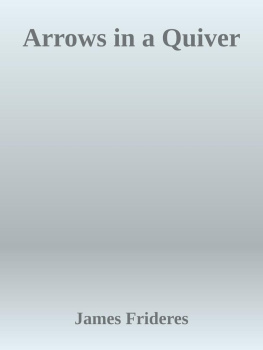
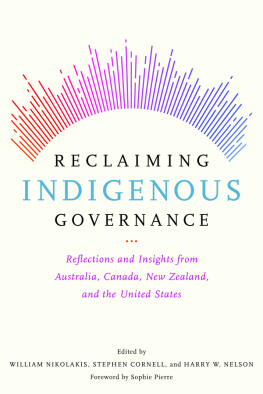
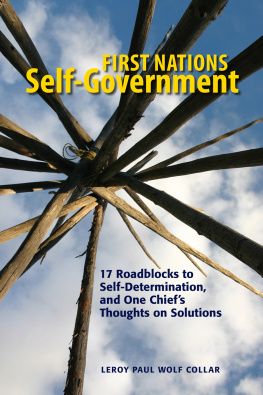


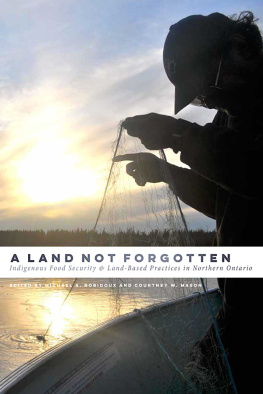

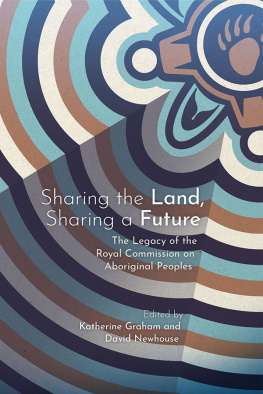
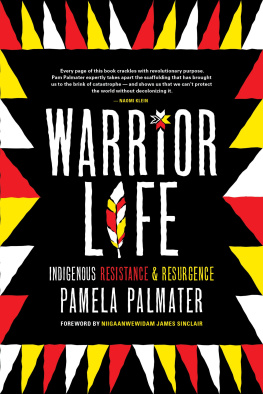
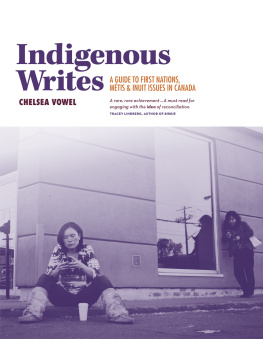
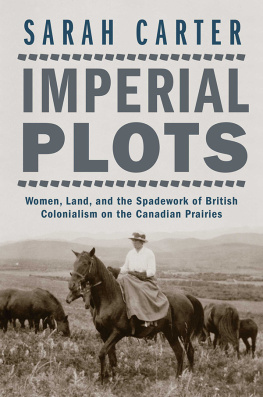

 University of Regina Press, University of Regina Regina, Saskatchewan, Canada, s4s 0a2 tel: (306) 585-4758 fax: (306) 585-4699 web :
University of Regina Press, University of Regina Regina, Saskatchewan, Canada, s4s 0a2 tel: (306) 585-4758 fax: (306) 585-4699 web :

